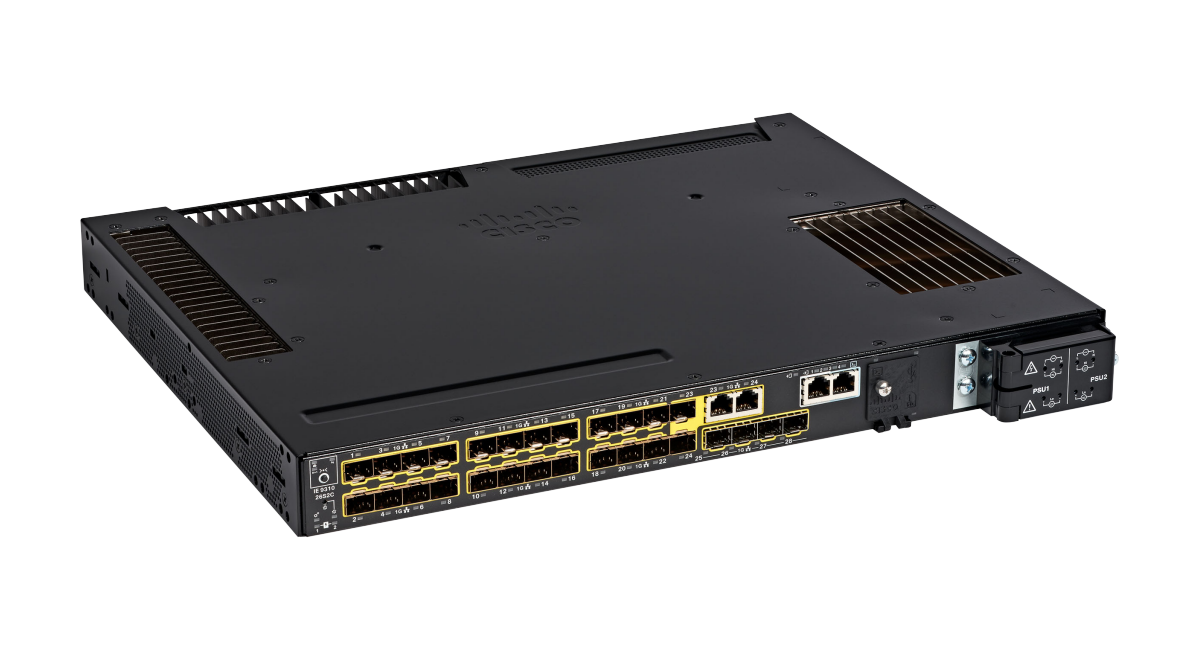Solar power is going high tech as it becomes more popular worldwide. Solar is forecast to grow more than all other clean power sources combined by 2023. And more and more, this rise is seen as being linked to tech trends ranging from blockchains to robots.
Back in 2017, a task force at the European sector body SolarPower Europe found four areas where tech trends could have a major impact, ranging from making panels and trading output to helping the grid adapt to solar and making it easy to use the power for off-grid sites.
SolarPower Europe said high-tech systems could be used to cut costs and increase performance “at almost every point of the solar value chain.”
Using IT-based systems such as robots to make better, cheaper solar panels is a key goal for the solar sector. But it is not the only one, as solar has passed the point where it beats most other sources of power on price.
In January this year, for instance, bids for new solar plants in Hawaii came in as low as 8 cents per kilowatt-hour. That is almost five times cheaper than diesel. At this point, cost is no longer an issue.
Instead it is about how solar power, which varies based on the amount of sunlight, can be added to the grid at ever greater levels. For some time now, in solar-heavy markets such as California the grids have been finding it hard to cope.
The hope is that IT, along with systems that can store excess power, will help improve the match between solar output and demand. And the solar sector is betting big on blockchain.
Firms see it as a way of letting you sell the extra power you get from your rooftop solar panels direct to others on the grid. Startups such as Electron, LO3 Energy, and Power Ledger are building trading platforms that can let such trades take place, with data stored on blockchain.
In the United Kingdom, Centrica is testing blockchain platforms to see if they can help cut the amount of clean power that gets curtailed for lack of demand. This equals around 10 percent of all clean power produced in the country, Centrica says.
“There’s an overall theme here around decentralization and digitalization,” says Mark Futyan, distributed power systems director at Centrica.
Old-style grids have a few large plants that supply most of the power, says Futyan. But with distributed resources like solar, he says: “We’re seeing smaller sources of generation closer to the point of demand, and more active consumers who want to participate as generators.”
Blockchain-based trading platforms could help them do so. And there is even a cryptocurrency, SolarCoin, that you can earn with every watt you produce.
“You can think of SolarCoin as the Bitcoin for energy,” says François Sonnet, co-founder of ElectriCChain, a blockchain venture linked to the crypto currency.
As solar power continues to grow, a further focus area for the sector is how to manage massive plants at low cost. Here, too, tech trends can help. There are moves to use digital twins to forecast plant failures before they happen, for instance.
And major solar firms such as SunPower use drones and robots to cut the cost of looking after their plants.
Last but not least, the inverter, a device used to switch the DC output of a panel into AC for use on the grid, is starting to become a piece of advanced technology in its own right.
The inverter maker SMA, for instance, has turned its product OS into an Internet-of-Things platform for power management. “The goal is to efficiently use available energy across all sectors,” says SMA.
###
The contents or opinions in this feature are independent and may not necessarily represent the views of Cisco. They are offered in an effort to encourage continuing conversations on a broad range of innovative technology subjects. We welcome your comments and engagement.
We welcome the re-use, republication, and distribution of "The Network" content. Please credit us with the following information: Used with the permission of http://thenetwork.cisco.com/.




